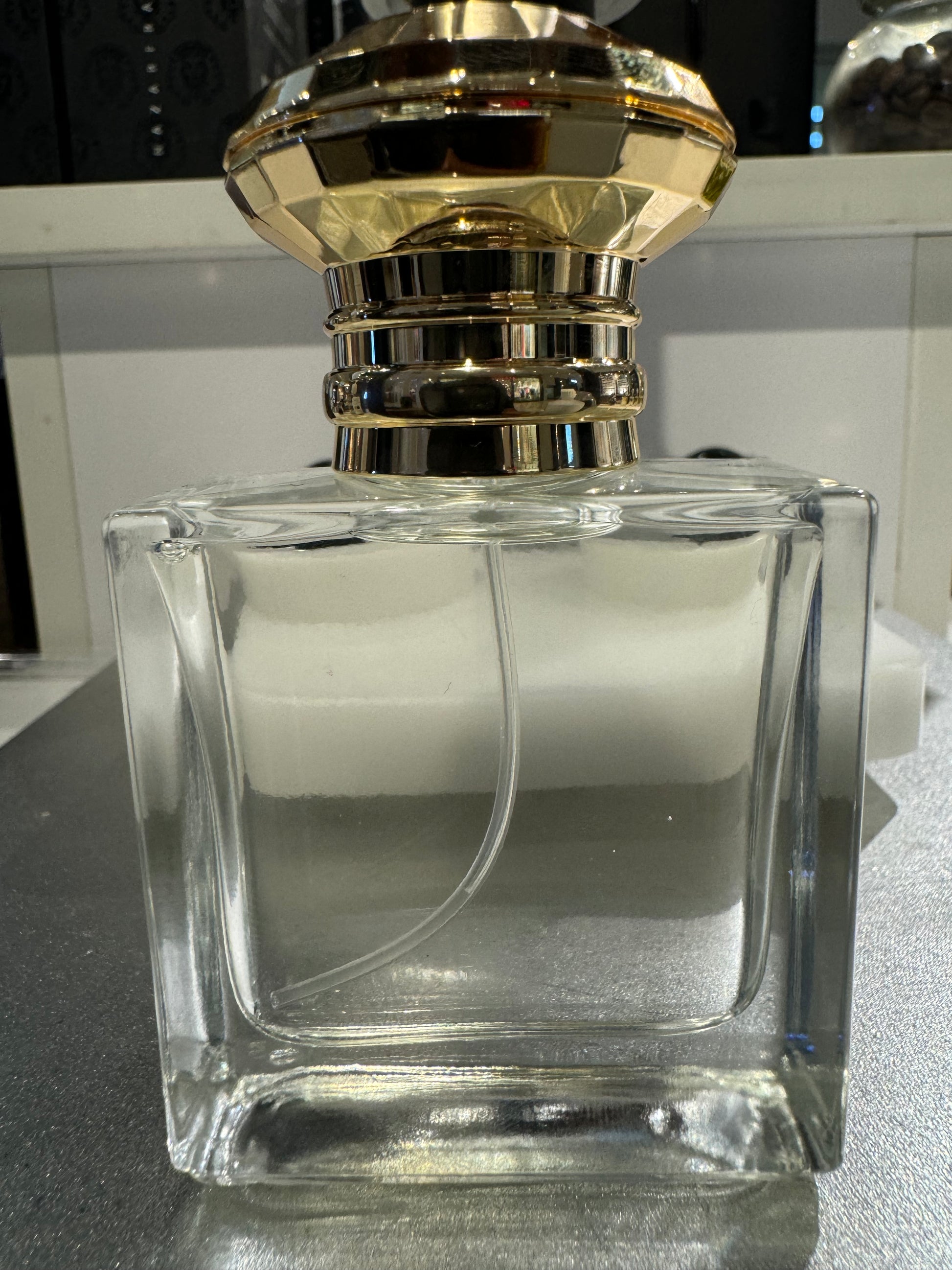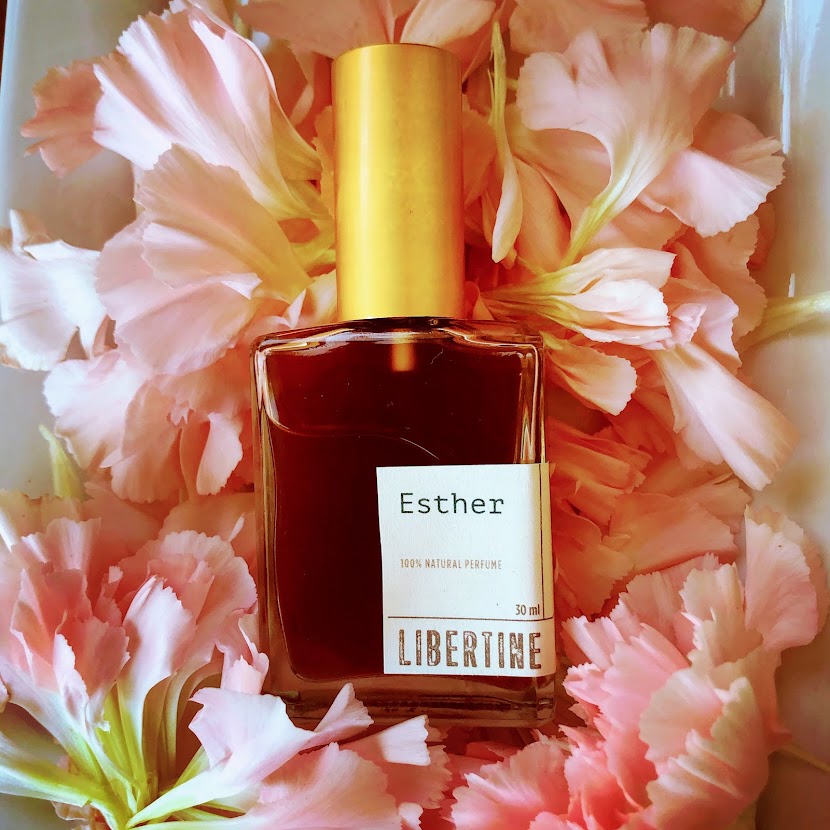Make Your Own Perfume: A Step-by-Step Guide to Developing a Personal Fragrance
Make Your Own Perfume: A Step-by-Step Guide to Developing a Personal Fragrance
Blog Article
Release Your Creative Thinking With a Fragrance Making Class Tailored for Beginners and Enthusiasts Alike
Starting a trip of fragrance creation can be a satisfying and informing experience. The art of crafting aromas that reverberate with your individuality is a skill that can be refined and cherished. Picture being able to mix numerous notes and essences to create an one-of-a-kind scent that captures your essence. A scent making course tailored for novices and fanatics uses a structured yet liberating atmosphere to check out the worlds of perfumery. This class is not nearly blending scents; it is about understanding the subtleties of different active ingredients, learning the strategies of mixing, and inevitably, developing a scent that informs your tale.
Discover the World of Fragrances
Get started on a mesmerizing trip into the elaborate realm of fragrances, where scents hold the power to evoke memories and emotions with impressive strength. The globe of scents is a rich tapestry woven from a myriad of aromatic notes, each efficient in telling an unique tale and triggering a various sensation within us. From the citrusy burst of bergamot to the cozy accept of vanilla, fragrances have the ability to move us to different times and places, setting off a symphony of feelings in the process.
Exploring the world of fragrances opens up a sensory adventure like nothing else. By recognizing the numerous scent family members, notes, and accords, fanatics can translate the language of perfumery and unlock the secrets behind their favorite aromas. Delving into this globe not only improves one's olfactory appreciation but also supplies a platform for imaginative expression via the art of fragrance mixing.
In a fragrance making course developed for novices and enthusiasts, participants can immerse themselves in this enchanting world, finding out the basics of perfumery and gaining hands-on experience in crafting their signature aromas. Through this expedition, people can truly uncover the magic that exists within each bottle of perfume, making the experience both educational and motivating.
Fundamental Devices and Ingredients
Discovering the world of scent production calls for a detailed understanding of the necessary devices and active ingredients used in perfumery. To start, a fragrance making set is essential. This kit usually consists of glass droppers, fragrance containers, pipettes for specific measurements, and fragrance screening strips. In addition, an option of high-quality crucial oils, fragrance oils, and scent chemicals kinds the structure of any kind of fragrance creation. Vital oils are obtained from all-natural resources like blossoms, fruits, and spices, conveying unique scents to the fragrance. Scent oils, on the various other hand, are artificial and give a broad range of scents not discovered in nature. Aroma chemicals are important for improving and supporting the scent, making certain durability and depth. Provider oils such as jojoba or fractionated coconut oil are also essential for watering down the concentrated crucial oils and fragrance oils to risk-free degrees for skin application. With these tools and ingredients in hand, aiming perfumers can embark on an innovative journey to craft their signature aromas.

Step-by-Step Perfume Making Process
Having actually gotten a comprehensive understanding of the crucial devices and ingredients necessary for perfume creation, the next important step is to detail the thorough procedure included in crafting an one-of-a-kind scent. The perfume making process generally starts with selecting a base note, which creates the foundation of the fragrance, complied with by including middle notes that give character and depth. The last step involves filtering the fragrance to get rid of any particles or impurities, resulting in a clear and polished scent prepared for bottling.
Customizing Your Signature Fragrance
Crafting a personalized fragrance that reverberates with your special individuality and style needs a thoughtful and systematic strategy. When tailoring your trademark fragrance, consider the different scent families such as floral, oriental, woody, and fresh, to determine the overarching scent account you desire. Started by picking a base note, which creates the foundation of your make your own perfume scent and often tends to last the longest. Typical base notes include sandalwood, vanilla, and patchouli. Next, pick middle notes that enhance the base and include intricacy to the scent. Instances of center notes are climbed, lavender, and jasmine. Lastly, choose leading notes that give the preliminary perception of your scent and vaporize the fastest. Citrus scents like bergamot, lemon, or orange are popular choices for leading notes. Trying out different mixes of base, middle, and leading notes to develop a harmonious mix that records your significance and leaves a lasting impact. Keep in mind, the key to crafting a signature scent is to trust your impulses and accept the creative process.
Tips for Preserving and Using Your Scent
After customizing your signature fragrance with treatment and factor to consider, it is necessary to learn effective techniques for maintaining and utilizing your fragrance to ensure its long life and optimum satisfaction. To preserve your scent, store it in an amazing, dark location away from direct sunshine and severe temperatures.
To make your fragrance last longer, think about layering it with matching body lotions or oils. By following these pointers, you can make sure that your custom-made scent remains fresh and astounding for as long as feasible.

Conclusion
Finally, discovering the globe of scents via a perfume making class can be a fulfilling experience for beginners and fanatics. By finding out concerning vital tools, components, and the step-by-step procedure of developing a trademark fragrance, participants can release their imagination and tailor their own unique fragrance. With tips for preserving and using their productions, people can continue to appreciate the fruits of their labor long after the course has actually finished.
Report this page